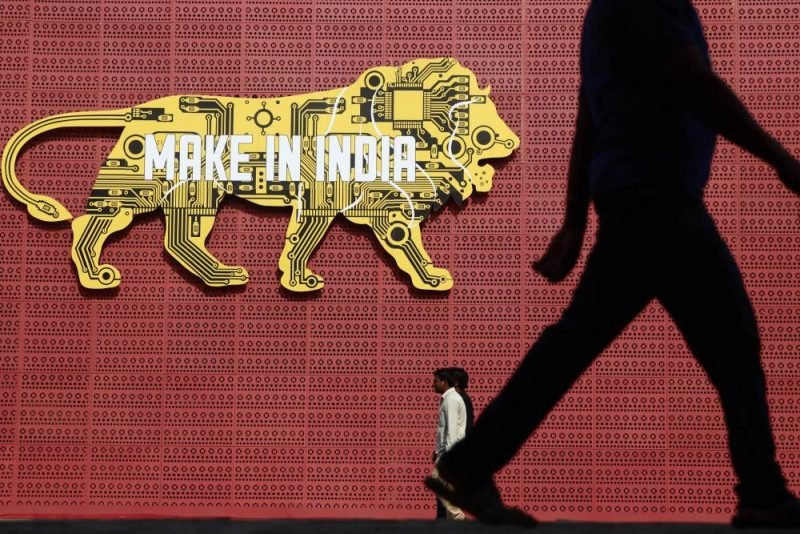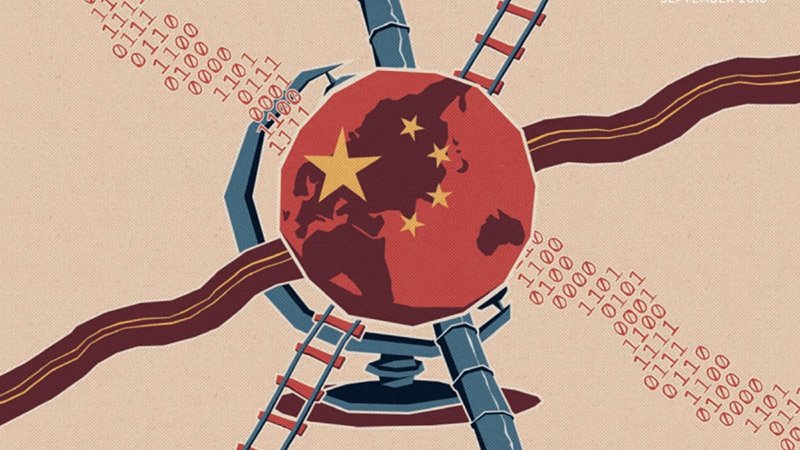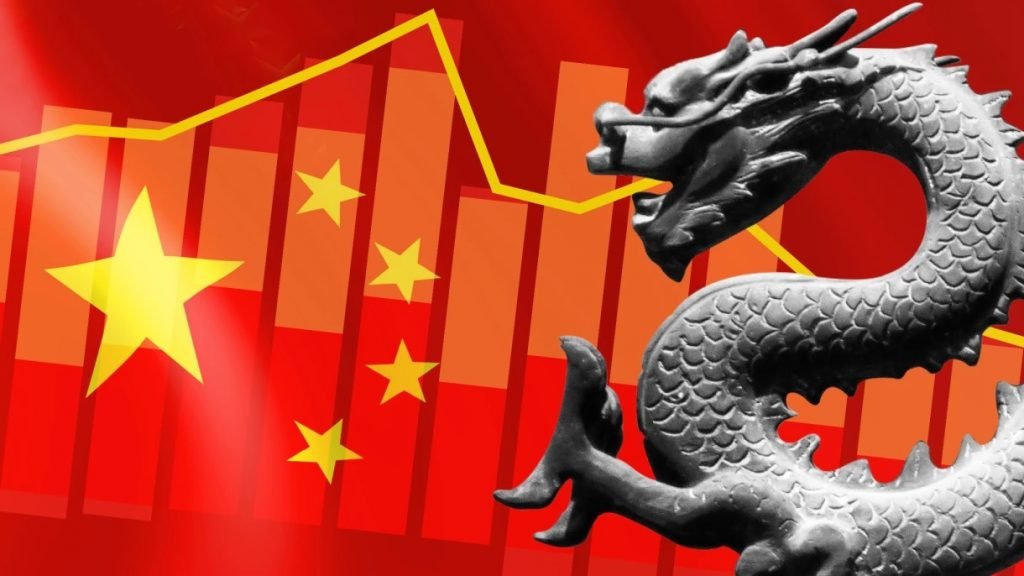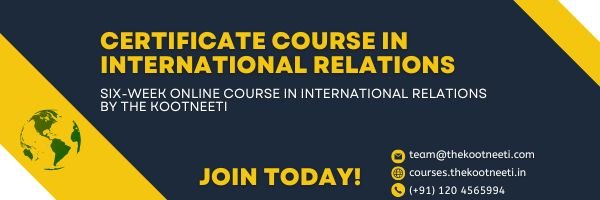Adapting to the Digital Trade Era: A brief study of Indian and Chinese markets

Economic hardships have been seen by a growing number of people as there are changes that are shaping the labour markets, shifting demographics, and dynamic workforces. A spike in international migration has added another layer of complexity to the situation. Because youth constitute the bulk of the population in developing countries like India and China, they should be heavily represented in the labour market. However, their inexperience and other constraints (including poor education and the lack of strong support systems at home) often dim their prospects of finding work.
The manager’s role is to monitor and shape the internal and external environments and anticipate changes and react quickly to them. It becomes particularly challenging when the external changes are not just nonlinear but also occurring at a rapid pace. This is the case with the rise of China and India. While the challenges are both external and internal, the latter can be particularly damaging to a company’s future prospectus. External challenges impinge on all players in the industry. However, a company’s ability to deal with internal challenges is what determines whether it will exploit these changes and thrive or be buried by them.
How should a company position itself to capture the hearts, minds, and wallets of customers? We argue that unless a company operates in niche products and services, it should go wide and deep, pursuing a multisegmented strategy. At the top end of the income spectrum, customers have high buying power and are likely to prefer global products and services. Thus, companies are unlikely to face much pressure for local adaption of their products and services except for cultural reasons. The middle-income segment constitutes the mass market. For most products and services, this is also the fastest-growing market in each country and can be ignored only at great peril to the company’s future. This segment is often characterized by brutal competition, low pricing power, and low margins. In order to win, a company will generally need to develop local products and services that are designed at a lower cost. At the lower end of the income spectrum, a company is unlikely to generate much revenue. However, given high growth rates, this is the segment with the greatest possibilities for innovation. Every smart company should engage with this segment seriously and must aim to break even (no profit no loss) and view it as a learning laboratory for the discovery of new business models.

Competing with Dragons and Tigers on the World Stage
We also compare the relative strengths and weaknesses of the Chinese and Indian globalizer’s vis-à-vis each other. Building on this analysis, we advance multinationals to only defend them but also compete with these dragons and tigers on the world stage. First, a company should attack the new champions within their home markets within China and India. Second, it should neutralize the new champions’ supply-side advantage by also tapping fully into the cost efficiency and innovation opportunities offered by China and India. Third, a company should pursue an integrated multi-country strategy than would be the case with emerging players from within either of these two countries.
Make your Mantra “Market-Centric”
Whenever a company enters a new market, it must be fundamental decisions regarding the extent to which it will carry over its existing brand names, products and services, designs, and business models to the new market versus the extent to which it will engage in local adaptation or even outright innovation from the ground up. The choice can range from a near-complete replication of existing approaches at one end to a near-complete bottom-up innovation at the other. When the U.K.-based business newspaper Financial Times entered the U.S. market in the 1990s, it could have, at one extreme, chosen to merely reprint the U.K. edition and sell it in the United States. The rich markets were not very different from the home markets, thus a strategy of replication or partial local adaption would be sufficient. On the contrary, the poor markets were very different from the Multi-National Companies (MNC) home markets and quite small in size, as a result, there was little economic justification for undertaking the cost and effort of wholesale business model innovation.
Realising the Opportunities
Leveraging China and India as hubs for global advantage requires making decisions and taking actions along several fronts: Undertaking an activity-by-activity analysis of the value chain in order to decide which specific set of activities should be based in China, which in India and which in other countries: for example, IBM’s decision to use India as global hub for IT services and China as the global hub for procurement. For each activity that will be based in China or India, deciding whether to set up the company’s own operations or rely on external vendors: for example, Apple’s decision to rely on subcontract manufacturers for the assembly of air pods in China. Ensuring that the China- and India-based global hubs will be able to develop the required world-class capabilities and, where important, cost structures: for example, Microsoft’s efforts to cultivate relationships with leading-edge computer science departments in China to help ensure that it is able to recruit the best and brightest graduates for its research centre in Beijing.
Ensuring that as the company’s value chain becomes more disaggregated and geographically dispersed, it will have the required visibility into and control over the activities of various players so that standards of quality, ethical behaviour and other practices are upheld throughout the value chain.
Building the integrating mechanisms that will enable the hubs in China and India to be responsive to the needs of the company’s global operation and enable the output of these hubs to be deployed to subsidiaries and customers in other countries. Managing the evolution of China-and India– based hubs as these operations become larger, more experienced and more mature, on the other hand, and as China and India become more expensive on the other. Managing the intra-corporate friction that may accompany the shift of resources and power from the company’s existing hubs in China and India.
Develop Ultra-Low-Cost Solutions
Except in the case of companies supplying only high-end niche products such as Hermes accessories or Audi cars, the imperative to develop ultra-low-cost solutions derives directly from the fact that the buying power of middle- and low-income Chinese and Indian consumers is extremely low and, by the standards of the rich economies, will remain low for at least the next two decades. Even when China’s GDP becomes the largest in the world, its per capita income will still be less than one-fourth that in the United States. Thus, as a critical element of their multi-segment strategy to become market leaders in China and India, companies must figure out how to develop and deliver ultra-low-cost products, services, and solutions.
Opportunities to offer ultra-low-cost solutions exist in virtually every sector of Chinese and Indian economies: computing, internet services, transportation, banking, health care, education, housing, hotels, recreations and many others. In every one of these cases, innovations in the business model, product or service designs, and component designs will be the most important driver of cost reduction, with low labour coat playing an important, albeit secondary, role.

The Rise of Dragons and Tigers
We now delve deeper into the factors that are fuelling the rise of the Chinese Dragons and Indian Tigers. In particular we expand on these three observations:
The emergence of global champions from China and India is taking place at a much faster pace than was the case with their predecessors from Japan and South Korea. To date, Indian companies have been more aggressive than their Chinese counterparts in globalising through acquisition. Notwithstanding their strengths, aspiring globalisers from China and India face considerable challenges in realizing their ambitions.
Conclusion
Throughout history, rapid economic growth in every industry and every geographical region has always been a double edged sword: vast opportunities but also brutal competition at both ends of the value chain: on the output side, where companies fight at the better of the customers, and on the input side, where companies fight the battle for physical resources and people. As is widely and openly acknowledged, people are a company’s greatest asset.
However, for the same reasons, it is equally true, although rarely stated publicly, that people can also be a company’s greatest liability. Which side of the balance sheet people belong to depend very much on how effective a company is at recruiting a right talent, nurturing it, and keeping it dedicated to building the company rather than moving on to its competitors. Given the scarcity of professional talent, this task is particularly challenging in China and India. We have looked at why and where the major pockets of scarcity lie in these two economies and proposed guidelines for improving the odds of winning the on-going war for talent.


















